|
[1]
|
王江, 刘军, 黄永强, 等. 柳杉起源及天然分布[J]. 四川林业科技, 2007, 28(4):92~94. |
|
[2]
|
中国科学院中国植物志编辑委员会. 中国植物志:41卷[M]. 北京:科学出版社, 2005. |
|
[3]
|
Hayashi Y. Taxonomical and phytogeographical study of Japanese conifers[J]. 1960. |
|
[4]
|
中国科学院中国植物志委员会. 中国植物志:第7卷[M]. 科学出版社, 1974. |
|
[5]
|
Murai S. Major forestry tree species in the Tohoku region and their varietal problems[J]. Kokudo Saiken Zourin Gijutsu Kouenshu. 1947, pp 131~151. (in Japanese) |
|
[6]
|
阮兴盛. 柳杉的生态学特性及栽培技术[J]. 林业勘察设计, 2004(01):12~13. |
|
[7]
|
吴中伦. 国外树种引种概论[M]. 北京:科学出版社, 1983:151~154. |
|
[8]
|
赵祥秀, 李昕, 梁勇. 不同岩性土壤的日本柳杉幼树生长情况初报[J]. 农技服务, 2014, 31(6):165~165. |
|
[9]
|
Taira H, Teranishi H, Kenda Y. A case study of male sterility in sugi (Cryptomeria japonica)[J]. Journal of the Japanese Forestry Society, 1993, 75(4):377~379. (in Japanese with English summary) |
|
[10]
|
Saito M. Breeding strategy for the pollinosis preventive cultivars of Cryptomeria japonica D. Don[J]. Nihon Ringakkai Shi/journal of the Japanese Forestry Society, 2010, 92(6):316~323. |
|
[11]
|
Saito M, Taira H, Furuta Y. Cytological and genetical studies on male sterility in Cryptomeria japonica D. Don[J]. Journal of Forest Research, 1998, 3(3):167~173. |
|
[12]
|
Tsubomura M, Fukatsu E, Nakada R, et al. Inheritance of male flower production in Cryptomeria japonica (sugi) estimated from analysis of a diallel mating test[J]. Annals of Forest Science, 2012, 69(8):867~875. |
|
[13]
|
许丽娟. 柳杉花粉症[J]. 临床耳鼻咽喉头颈外科杂志, 2003, 17(8):502~504. |
|
[14]
|
李全生, 江盛学, 李欣泽, 等. 中国气传致敏花粉的季节和地理播散规律[J]. 解放军医学杂志, 2017(11):25~29. |
|
[15]
|
Matsudu K, Miyajima H. Chromosome number of cutting variety in Cryptomeria japonica[J]. Journal of the Japanese Forestry Society, 1977, 59:148~150. (in Japanese) |
|
[16]
|
Sasaki Y, Kuroki Y. Cytogenetical studies on spontaneous mutations in Genus Chamaecyparis, Cryptomeria and Juniperus. 39th Mtg. Kyushu Br., Journal of the Japanese Forestry Society, 1986, 71~72. (in Japanese with English title) |
|
[17]
|
Zinnai I, Chiba S. Tetraploids of Sugi (Cryptomeria japonica D.DON) discovered at forest nursery. Japanese Journal of Breeding, 1951, 1(1):43~46. |
|
[18]
|
Kikuti H. Inheritance of chlorophyll deficiency of Okina-Sugi, Cryptomeria japonica D.DON form. albospicata Hort[J]. Journal of the Japanese Forestry Society, 1978, 60:337~339. |
|
[19]
|
黄信金. 柳杉半同胞子代遗传变异与优良遗传型选择[J]. 中南林业科技大学学报, 2010, 30(7):50~54. |
|
[20]
|
黄信金. 柳杉种源变异与联合选择[J]. 浙江林学院学报, 2010, 27(6):884~889. |
|
[21]
|
欧阳磊. 柳杉种子园亲本遗传变异规律与选择[J]. 中南林业科技大学学报,2010,30(3):90~94. |
|
[22]
|
李上前. 柳杉一代种子园半同胞家系遗传变异分析[J]. 江苏林业科技, 2018, 45(05):14~17. |
|
[23]
|
Yasue M, Ogiyama K, Suto S, et al. Geographical differentiation of natural Cryptomeria stands analyzed by diterpene hydrocarbon constituents of individual trees[J]. Journal of the Japanese Forestry Society, 1987,69:152~156 |
|
[24]
|
Tsumura Y, Uchida K, Ohba K. Genetic Control of Isozyme Variation in Needle Tissues of Cryptomeria japonica[J]. Journal of Heredity, 1989, 80(4):291~297. |
|
[25]
|
Yang J C, Chang C W, Lin T P. Allozyme variation of a Cryptomeria japonica plantation in Liu-Kuei Branch, Taiwan Forestry Research Institute[J]. Acta Horticulturae, 2003(615):391~393. |
|
[26]
|
Tsumura Y, Ohba K. Allozyme variation of five natural populations of Cryptomeria japonica in western Japan[J]. The Japanese Journal of Genetics, 1992, 67(4):299~308. |
|
[27]
|
Tomaru N, Tsumura Y, Ohba K. Allozyme Variation in Artificial Stands and a Plus-tree Group of Sugi, Cryptomeria japonica in Ibaraki Prefecture[J]. Journal of the Japanese Forest Society, 1992, 74(1):44~48. |
|
[28]
|
Tomaru N, Tsumura Y, Ohba K. Genetic Variation and Population Differentiation in Natural Populations of Cryptomeria japonica[J]. Plant Species Biology, 1994, 9(3):191~199. |
|
[29]
|
Taira H. A change of Cryptomeria japonica distribution from viewpoint of regeneration system and genetic diversity[J]. The Journal of phytogeography and taxonomy. 2001, 49(4):447~452. |
|
[30]
|
赵尚敏. 甜菜抗丛根病种质资源遗传多样性分析[D]. 内蒙古呼和浩特:内蒙古农业大学, 2009. |
|
[31]
|
邹奕, 吴则东, 兴旺, 等. 甜菜种质资源遗传多样性研究进展[J]. 中国糖料, 2018(5):73~76,80. |
|
[32]
|
Takata K, Shiraishi S. Discrimination of Japanese Cedar (Cryptomeria japonica D. Don) Cutting Cultivars in Kyushu Region with RAPD Markers[J]. Bulletin of the Kyushu University Forests, 1996, 75:1~14. |
|
[33]
|
|
|
[34]
|
张景丽. 柳杉优树资源的遗传多样性分析及杂交亲本的筛选[D]. 浙江杭州:浙江农林大学, 2014. |
|
[35]
|
Tsumura Y, Tomaru N. Genetic diversity of Cryptomeria japonica using co-dominant DNA markers based on sequenced-tagged sites[J]. Theoretical and Applied Genetics, 1999, 98(3~4):396~404. |
|
[36]
|
Shimizu Y, Ando M, Sakai F. RAPD marker diversity within and among natural populations of the clonal tree Cryptomeria japonica D. Don[J]. Journal of Sustainable Forestry, 2002, 15(3):75~90. |
|
[37]
|
徐进, 刘子梁, 欧阳磊, 等. 柳杉初级种子园遗传多样性[J]. 东北林业大学学报, 2014(4
). |
|
[38]
|
Uchiyama K, Miyamoto N, Takahashi M, et al. Population genetic structure and the effect of historical human activity on the genetic variability of Cryptomeria japonica core collection, in Japan[J]. Tree Genetics & Genomes, 2014, 10(5):1257~1270. |
|
[39]
|
福建省林科所,霞浦县杨梅岭林场. 柳杉优树选择的标准与方法(初稿)[J].福建林业科技, 1977(S5):7~9. |
|
[40]
|
|
|
[41]
|
Forest Tree Breeding Center. Status and statistics in forest tree breeding[J]. Forest Tree Breeding Center, FFPRI, 2013, 87pp. (in Japanese) |
|
[42]
|
Itoo S, Katsuta M. Seed productivity in the miniature clonal seed orchard of Cryptomeria japonica D. Don[J]. Journal of the Japanese Forest Society, 1986, 68:284~288. |
|
[43]
|
Longman K A, Dick J M P. Can seed-orchards be miniaturized?[C]//Symposium on Flowering Physiology at the XVII Iufro World Congress,1981. |
|
[44]
|
Saito M, Taira H. Characteristics and effectiveness of glasshouse miniature seed orchards in Cryptomeria japonica D. Don[J]. Journal of the Japanese Forest Society, 2006, 88:187~191. (in Japanese) |
|
[45]
|
Saito M. Effectiveness of an Indoor Miniature Seed Orchard Arranged in Lines for Cryptomeria japonica Retaining Male-Sterile Genes[J]. Journal of the Japanese Forest Society, 2009, 91(3):168~172. |
|
[46]
|
Saito M, Taira H. Plus tree of Cryptomeria japonica D. Don with a heterozygous male-sterility gene[J]. Journal of Forest Research, 2005, 10(5):391~394. |
|
[47]
|
Moriguchi Y, Totsuka S, Iwai J, et al. Pyramiding of male-sterile genes in Cryptomeria japonica D. Don with the aid of closely linked markers[J]. Tree Genetics & Genomes, 2017, 13(3). |
|
[48]
|
Mukai Y, Suyama Y, Tsumura Y, et al. A linkage map for sugi (Cryptomeria japonica) based on RFLP, RAPD, and isozyme loci[J]. Tag. theoretical & Applied Genetics. theoretische Und Angewandte Genetik, 1995, 90(6):835~840. |
|
[49]
|
Yoshimaru H, Ohba K, Tsurumi K, et al. Detection of quantitative trait loci for juvenile growth, flower bearing and rooting ability based on a linkage map of sugi (Cryptomeria japonica D. Don)[J]. Theoretical and Applied Genetics, 1998, 97(1~2):45~50. |
|
[50]
|
Ujino-Ihara T, Iwata H, Taguchi Y, et al. Identification of QTLs associated with male strobilus abundance in Cryptomeria japonica[J]. Tree Genetics and Genomes, 2012, 8(6):1319~1329. |
|
[51]
|
Kuramoto N, Kondo T, Fujisawa Y, et al. Detection of quantitative trait loci for wood strength in Cryptomeria japonica[J]. Canadian Journal of Forest Research, 2000, 30(10):1525~1533. |
|
[52]
|
Moriguchi Y, Ujino-Ihara T, Uchiyama K, et al. The construction of a high-density linkage map for identifying SNP markers that are tightly linked to a nuclear-recessive major gene for male sterility in Cryptomeria japonica D. Don[J]. BMC Genomics, 2012, 13(1):95. |
|
[53]
|
Moriguchi Y, Ueno S, Higuchi Y, et al. Establishment of a microsatellite panel covering the sugi (Cryptomeria japonica) genome, and its application for localization of a male-sterile gene (ms-2)[J]. Molecular Breeding, 2014, 33(2). |






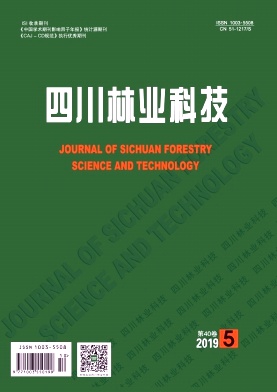




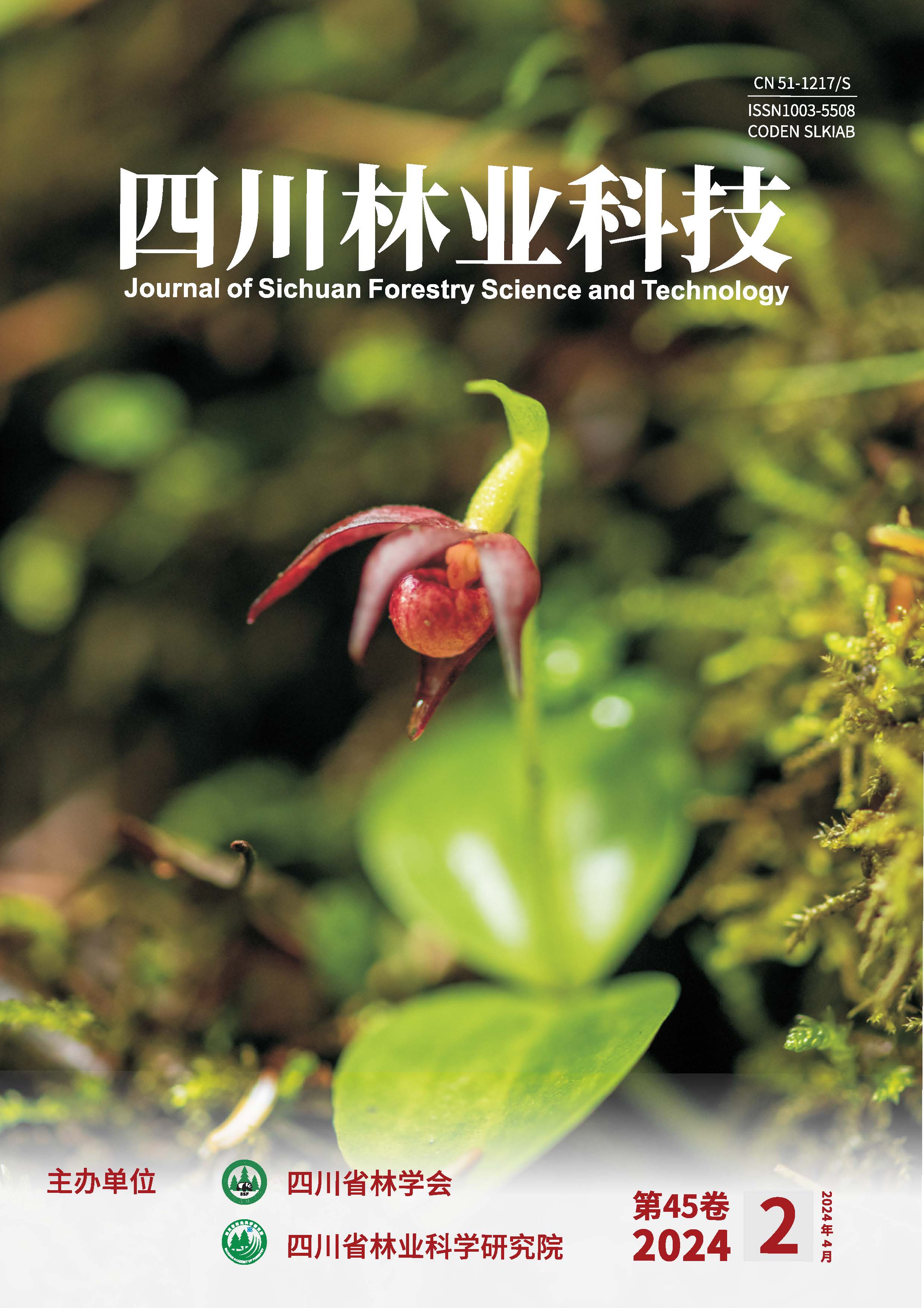
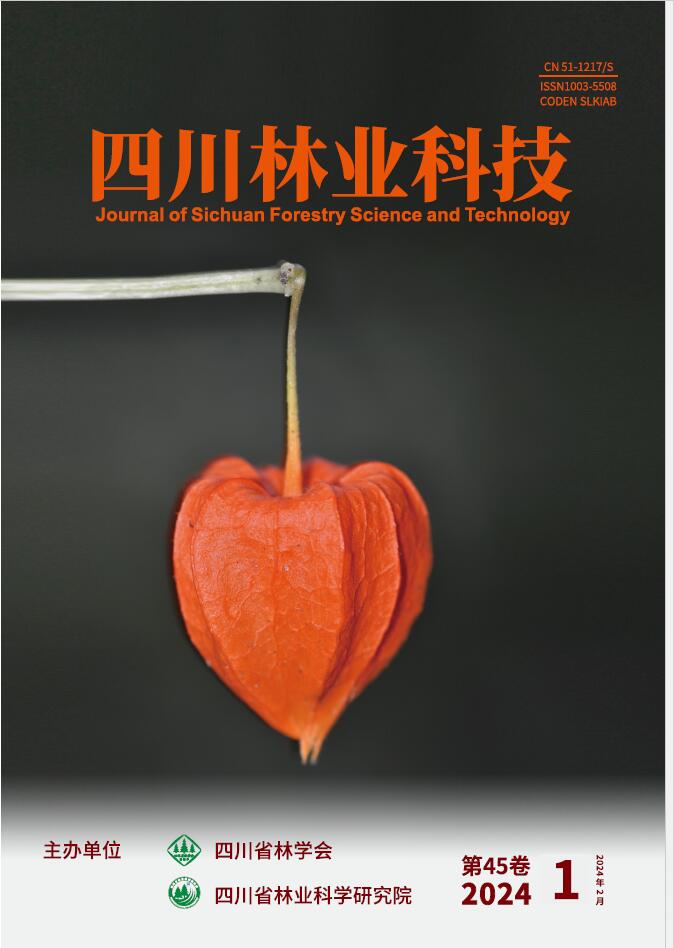
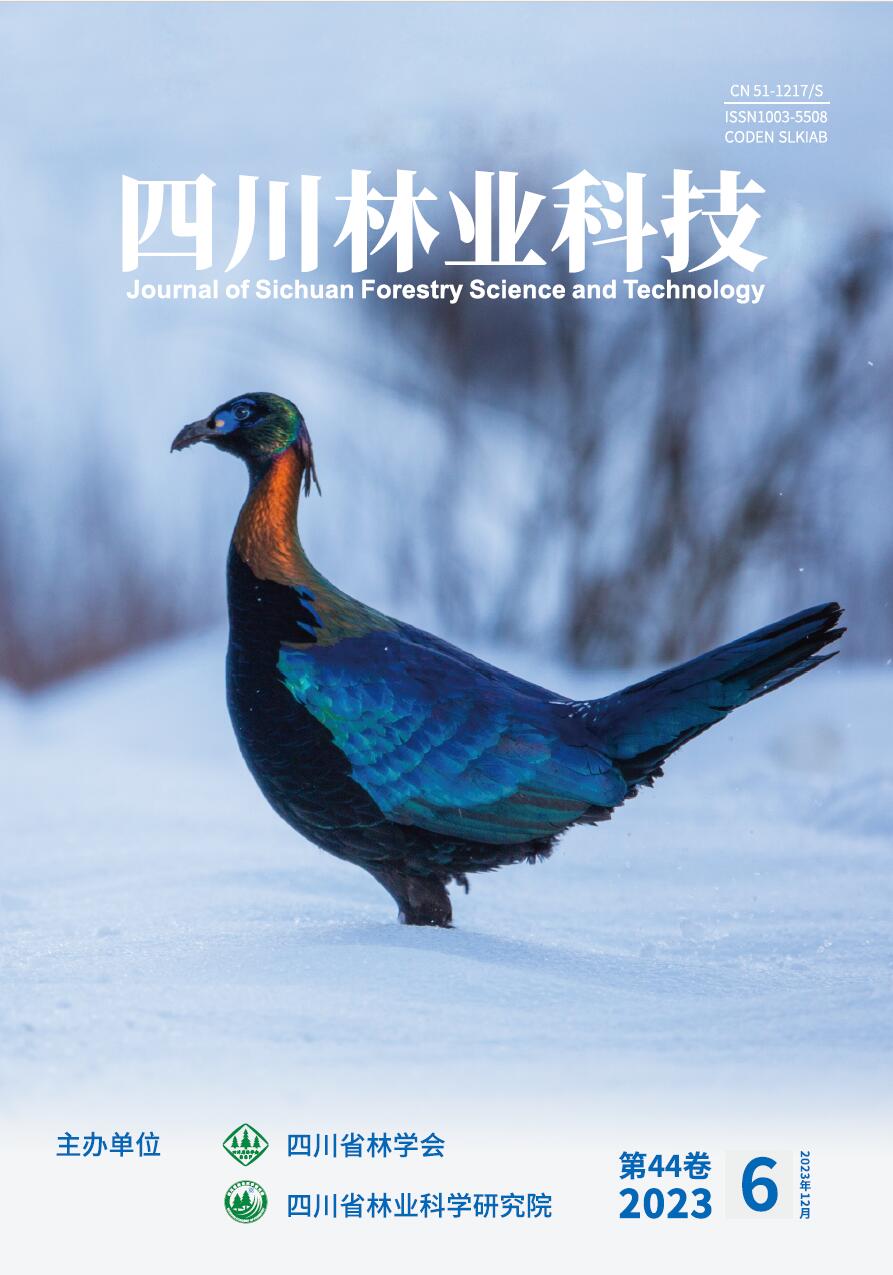
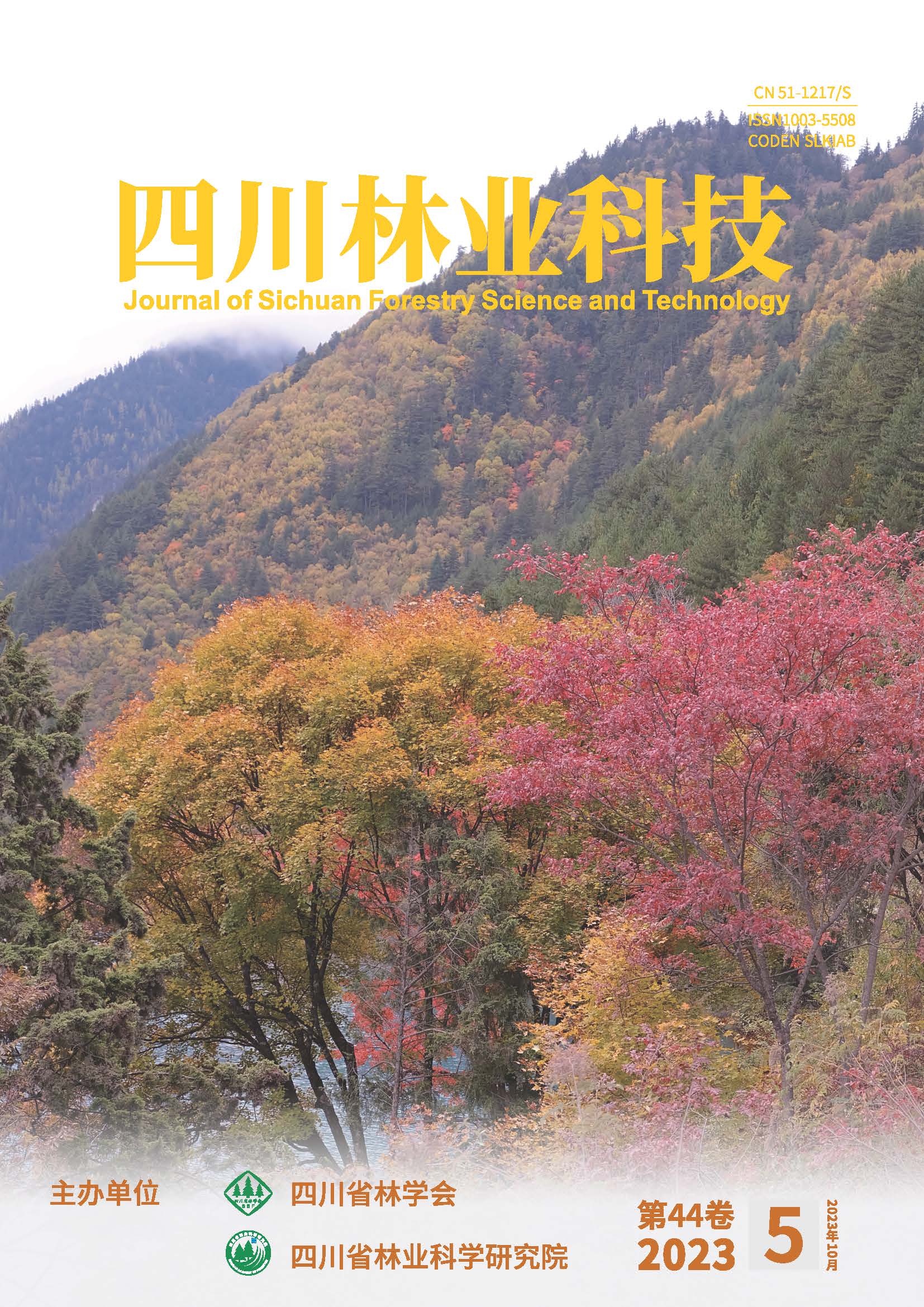
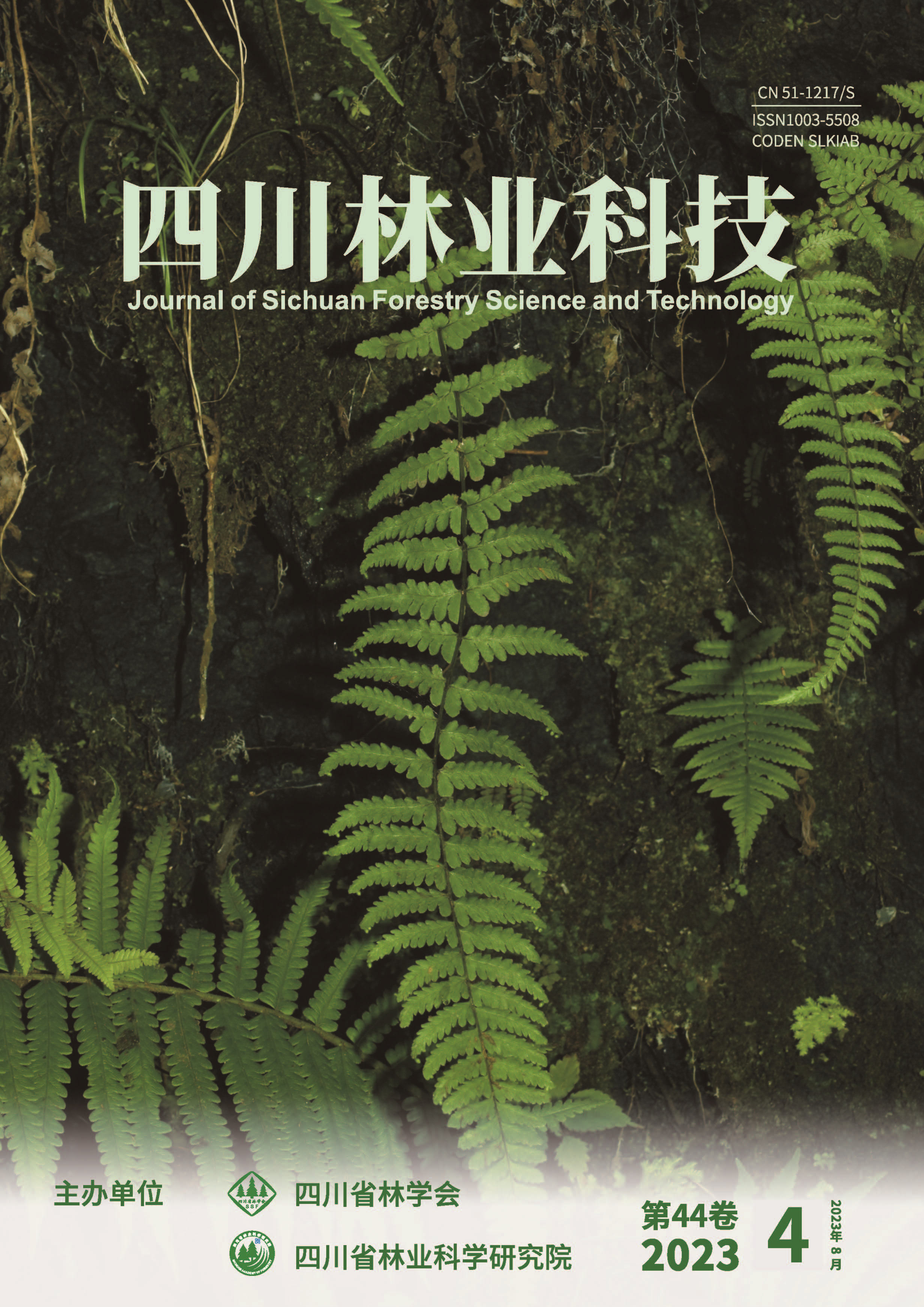
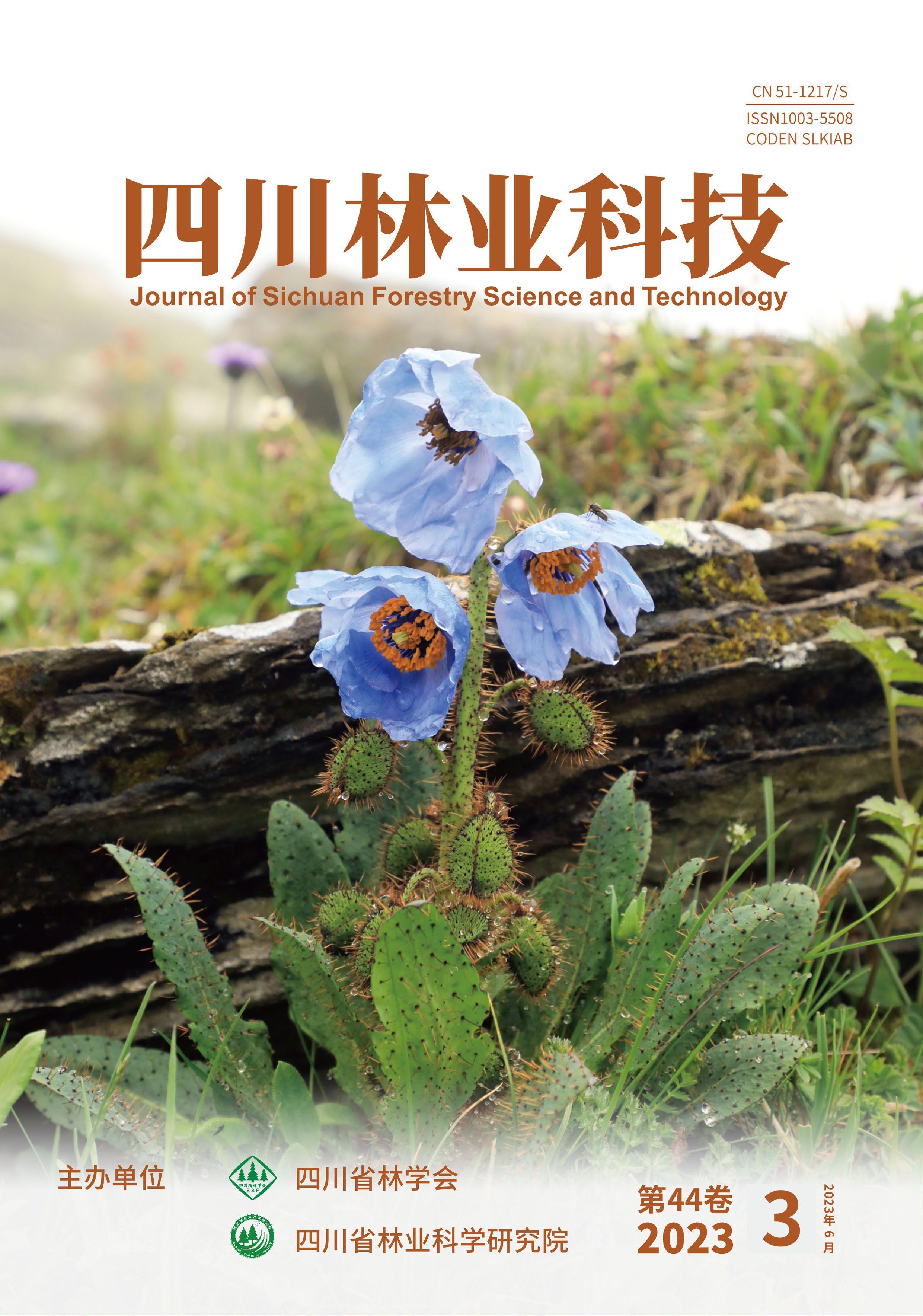
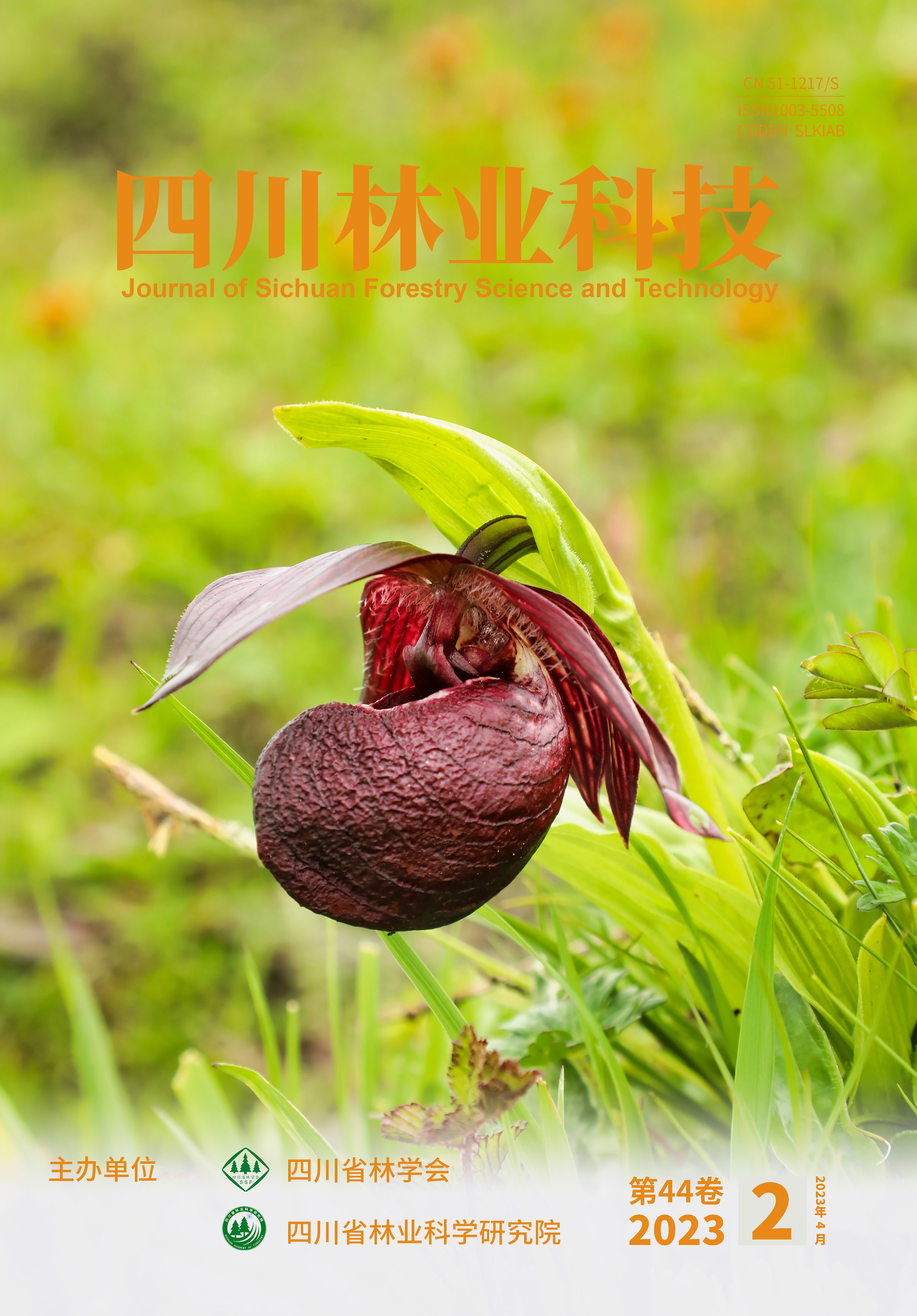
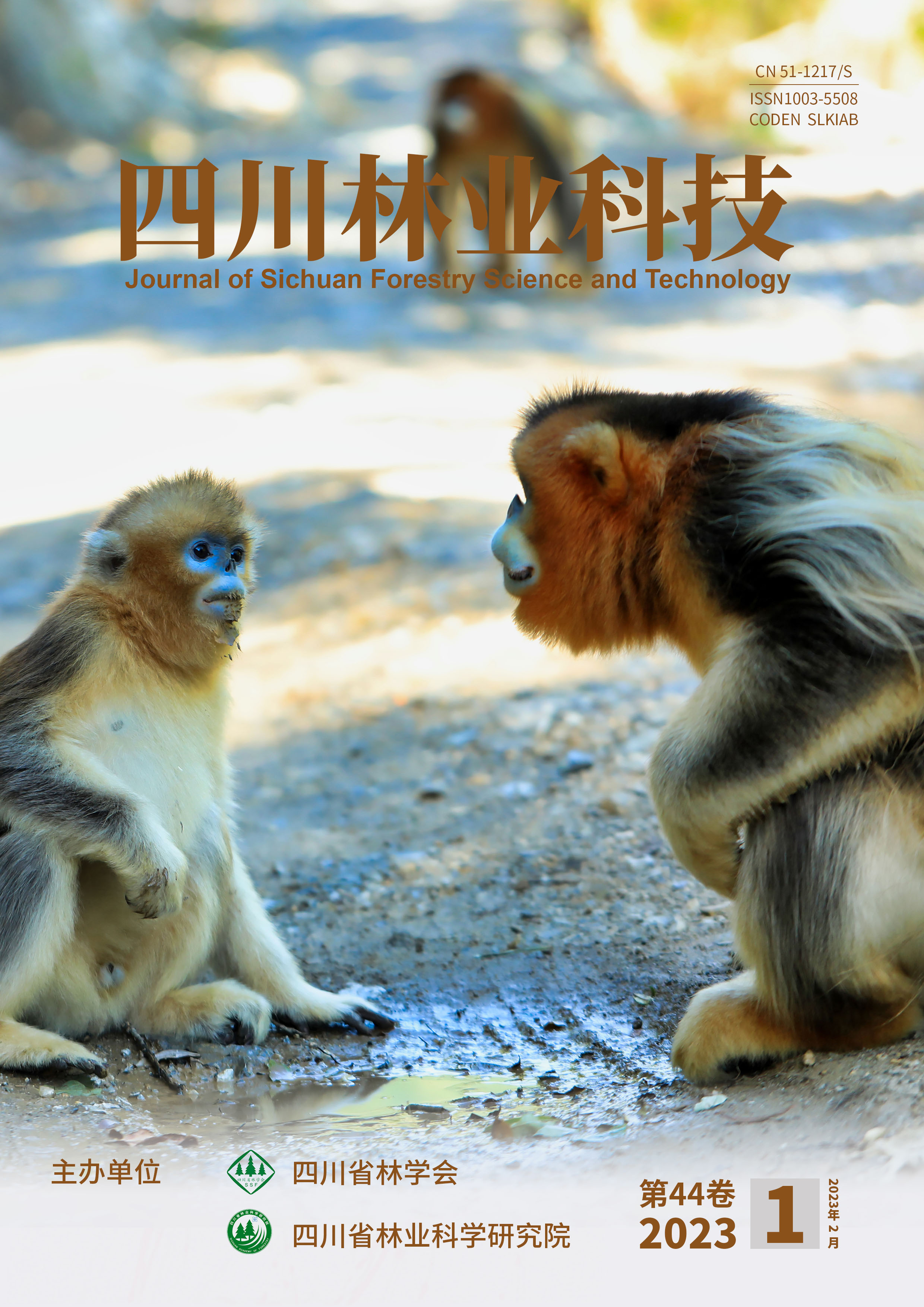


 DownLoad:
DownLoad: